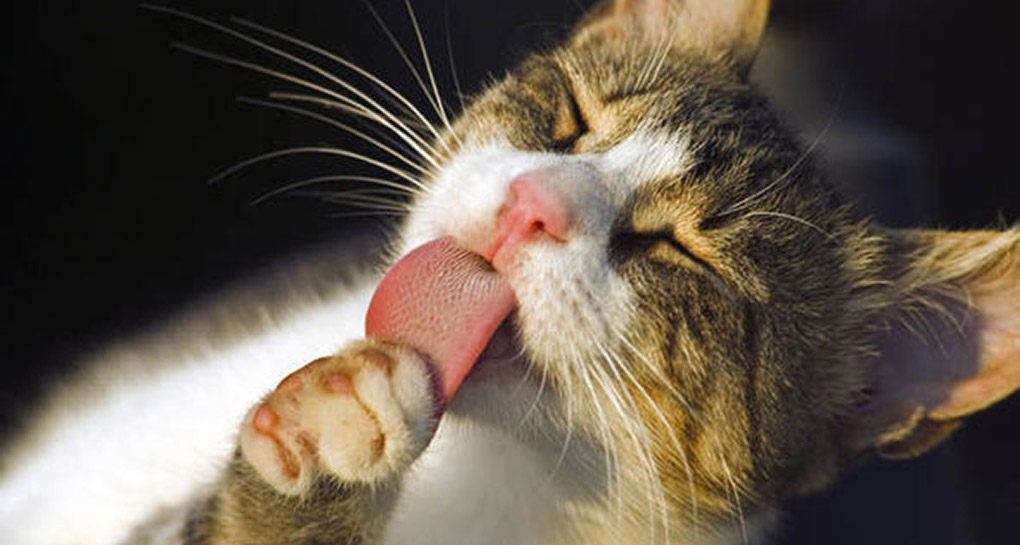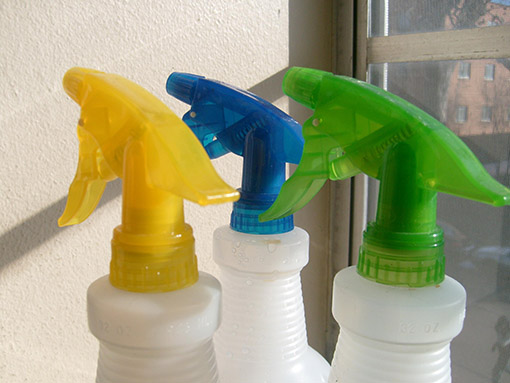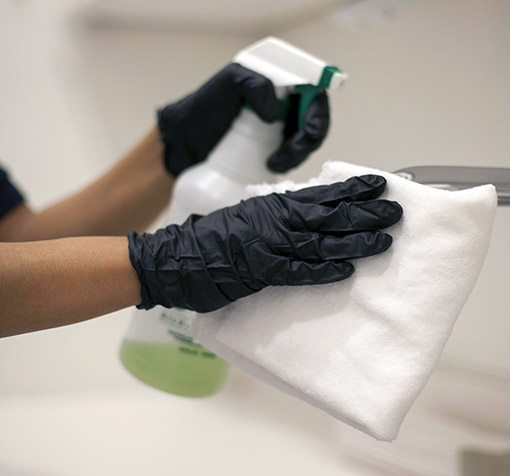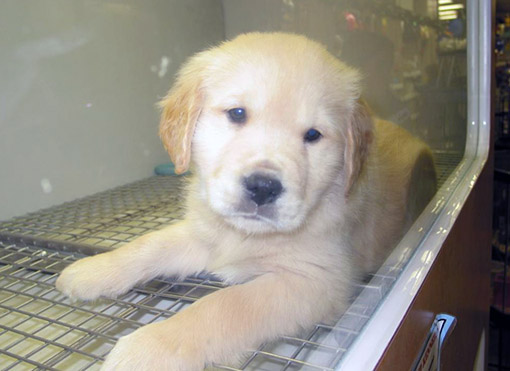
In the post-coronavirus landscape that we all now find ourselves in, there’s a renewed interest in cleaning and sanitation. This is only natural: COVID-19 has shown us all how important it is to keep our homes, our workplaces, and ourselves clean and free from pathogens.
Most institutions and organizations that require sterile environments, such as health care providers, are already ahead of the curve. Even most veterinary clinics and animal hospitals practice good cleaning and sanitation practices. Yet there are some mistakes that even the most attentive vet clinics and animal hospitals might make. Here are five of the most common of those mistakes.
1. Having a Disorganized, Cluttered Environment

We get it: running any animal care center can be hectic. That being said, not keeping workspaces clear of clutter and organized is just asking for problems that you could easily avoid. It’s much harder to keep any workspace clean and sanitized if it’s cluttered, not just one that involves the medical care of animals; the fact that you are indeed providing veterinary care complicates issues even more.
Do yourself a favor and keep your workspaces free from clutter. File paperwork immediately and properly, break down and dispose of the shipping and packing materials your supplies arrive in, and simply keep your offices organized and tidy. This way, when it comes time to clean and disinfect your environment it will be much easier to do so.
2. Not Having Clear Protocols in Place

When it comes to sanitation and disinfection, you need to have clear protocols for staff to follow in order to maintain a uniform level of cleanliness. Without proper direction, you can’t guarantee that you’re doing your best to avoid the types of contamination that could make your veterinary patients sick.
Establishing clear and easily understood cleaning protocols, including explicit directions on how to clean and disinfect tools and locations and which cleaning products to use, makes a world of difference. Don’t let a lack of organization and planning lead to the possibility of dangerous or even tragic contamination events!
3. Confusing “Clean” for “Disinfected”

Wiping down exam tables, kennels, and countertops to keep them clean in between uses isn’t the same as ensuring these surfaces have been adequately disinfected. All too many pathogens are invisible or otherwise undetectable, and that means a contaminated area of a veterinarian clinic might look identical to a disinfected one.
Soap and water are always a good place to start when it comes to keeping things clean, but their cleansing ability isn’t always the most appropriate pet cleaning products if they’re not powerful enough to kill the types of pathogens you’re likely to encounter in veterinary care. If anything, you should be cleaning your offices and tools and then disinfecting them as well in order to keep them as safe and sterile as possible.
4. Not Using the Right Disinfectants

There’s a tool for every job. That’s true when it comes to providing veterinary care to animals, and it’s also true for cleaning and disinfecting veterinary care centers and animal hospitals. You need to ensure you’re using the right disinfectants for the job, and in this case, you need to ensure that not only are the disinfectants you’re using designed to eliminate the types of pathogens that you’re likely to encounter in veterinary situations but also that these same disinfectants are safe to use around animals when taken the proper precautions.
5. Not Using Disinfectants Properly

Speaking of proper precautions, even the most powerful disinfectant isn’t going to do you much good if you’re using it wrong. In some situations, using a disinfectant improperly might result in little more than reducing or eliminating its effectiveness. In other situations, though, the circumstances could be much direr: misuse of disinfectants can lead to not just promoting the spread of pathogens but even possibly causing harm to animal patients if they’re exposed to these disinfectants.
The Last Word on Keeping a Vet Clinic or Animal Hospital Clean
By now it should be clear how important it is to keep veterinary facilities clean and disinfected. It requires, among other things, a clear understanding of how disinfectants work and where they should be used; the stakes could not be higher, considering how mistakes in your disinfection protocols could lead to terrible consequences for not just your animal patients but for their owners and even you and your staff.
If you have questions or concerns about how to keep your own animal care offices clean and disinfected, use this free sanitation assessment tool to discover what you’re doing right and where you might need more help.